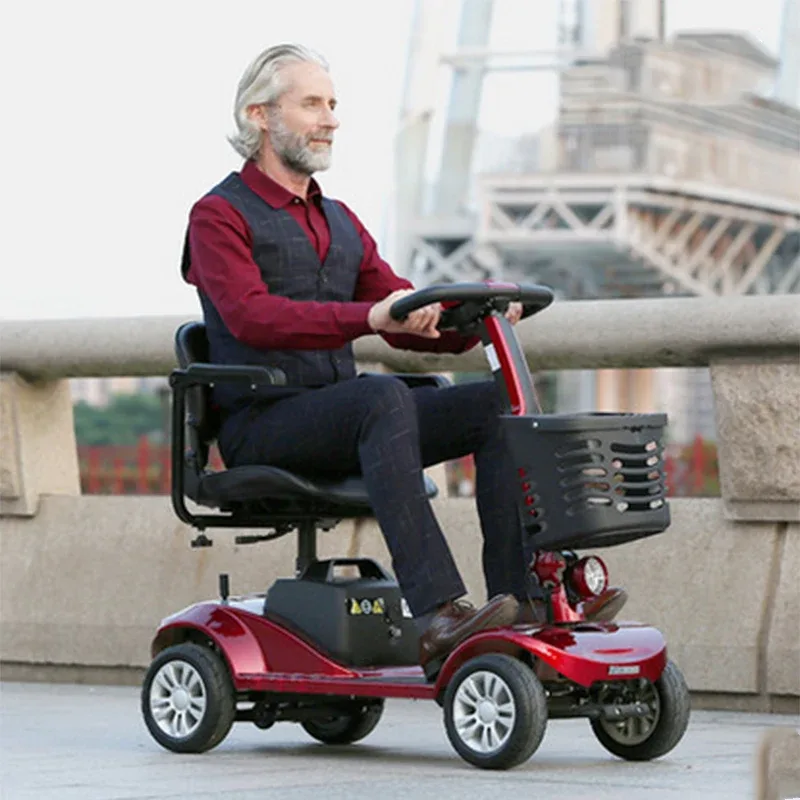Multiple sclerosis (MS) gradually destroys the myelin sheath that insulates nerve fibers within the central nervous system. When myelin is damaged or destroyed by MS, communication signals between the brain and spinal cord are disrupted.
This damage can lead to physical limitations that interfere with daily activities. Many people with MS eventually rely on assistive technologies—also known as adaptive technologies—to perform everyday tasks.
This article reviews various assistive technologies that help people living with MS maintain independence and optimize their quality of life.1
Adaptive Technology for MS
There are various adaptive technologies available for people living with MS to assist them with daily living, including apps, wheelchairs, and other devices.
Voice Command
Voice-activated assistive devices can help with everything from adjusting the thermostat in your house to turning on a hands-free “smart faucet” in the kitchen to writing a speech-to-text correspondence on your computer.
Voice recognition technology has been around since the 1950s, but it has advanced by leaps and bounds since the 2000s. Speech recognition software includes:
- Amazon’s Alexa and Smart Home System
- Apple’s Siri
- Dragon Anywhere, Dragon Professional
- Google Assistant, Google Docs Voice Typing
- Microsoft Cortana
- Voice Finger
For those with nonstandard speech, Voiceitt is a groundbreaking voice command technology that learns to understand specific phrases the way a person with MS-related dysarthria (slurring) might pronounce them.2 This assistive technology connects to Alexa and other smart home devices.
MULTIPLE SCLEROSIS. EXERCISES TO IMPROVE COORDINATION, BALANCE AND GAIT
Smartphone Apps
Mobile smartphone applications (apps) are readily available self-management tools that help people living with MS manage the disease, feel empowered, and improve quality of life.3 Numerous MS-specific apps for managing this condition can be found at the Apple Store or Google Play.
Some apps for better living with MS include:
- My MS Manager
- My MS Team
- CareZone Multiple Sclerosis
- Brain Education Strategies Technology (BEST) Suite
Wheelchairs
Mobility assistive devices are vital to maintaining independence and quality of life when physical limitations make it harder to move around. Manual wheelchairs for people with MS should be lightweight, easy to maneuver, and collapsible.
Propelling a wheelchair stimulates circulation and is good exercise. However, if an electric wheelchair or motorized scooter is prescribed, it’s important to do daily standing exercises and get the blood circulating with other forms of physical therapy for MS, if possible.4
MULTIPLE SCLEROSIS. STRETCHING AND WORKING WITH A MASSAGE ROLLER. ADVANCED STAGE OF REHABILITATION
Transcranial Direct Current Stimulation Devices
Noninvasive neurotherapy treatments such as transcranial direct current stimulation (tDCS) show promise for the treatment of MS symptoms including fatigue, depression, and pain.5
A small trial found that tDCS reduced MS-related fatigue in some people but concluded that larger clinical trials are needed to test its effectiveness.6
Online Support Groups
Virtual MS support groups bring people together online and create a sense of community. Benefits of joining an online support group include:
- Sharing common life experiences unique to living with MS
- Learning tested coping strategies firsthand
- Feeling part of a nurturing and supportive social network
- Experiencing the positive effects of lending a helping hand to others in need
Join a Support Group
The National Multiple Sclerosis Society brings people together via online MS communities. These groups also meet in person. To find a local support group, you can use their online navigator, chat with someone at 800-344-4867, or use their Contact Us form.
Video: “Rehabilitation of the patients with Multiple Sclerosis”
MULTIPLE SCLEROSIS. EXERCISES FOR STRETCHING AND IMPROVING BODY FLEXIBILITY AND JOINT MOBILITY, REDUCING TONE
For additional information about Rehabilitation of the patients with Multiple Sclerosis you can watch a video demonstrating exercises and rehabilitation recommendations.
Benefits of Adaptive Technology
“Adaptive technology” (AT) is a broad term that describes any technological device that assists people when performing daily activities, promotes self-reliance, and improves quality of life. AT can help people with MS at every stage of disease progression.
The benefits of adaptive technology stem from their ability to compensate for a broad range of MS-related deficits, such as reduced motor function, sensory impairments, weakness, and fatigue, that interfere with daily activities and instrumental activities of daily living (IADLs).
How to Access Technology for MS
There are numerous organizations that can provide useful information about how to access assistive technology for MS, including:
- Association of Assistive Technology Act Programs (ATAP)
- Assistive Technology Industry Association (ATIA)
- International Society for Augmentative and Alternative Communication (ISAAC)
- American Speech, Language, and Hearing Association (ASHA)
- Pass It On Center (Georgia Tech’s assistive technology reuse program)
- Rehabilitation Engineering and Assistive Technology Society of North America (RESNA)
MULTIPLE SCLEROSIS. EXERCISES TO STRENGTHEN THE MUSCULOSKELETAL AND MUSCULAR SYSTEM, ENDURANCE
Using Insurance to Pay for Adaptive Technology
Sometimes getting insurance to pay for adaptive technology is challenging. Having medical evidence of a formal MS diagnosis is the most important factor when making a disability claim.
Summary
There are various adaptive technologies that can improve quality of life for people living with multiple sclerosis. They are designed to help people with MS perform activities of daily living, many of which require physical movement.
Some examples of these adaptive technologies include voice command, smartphone apps, assistive robotic arms, mobility aids, and neurotherapy treatments such as transcranial direct current stimulation (tDCS). Many technology associations offer information on how to access these technologies.
A Word From Verywell
Living with MS can present an ever-changing array of daily challenges. The emotional process of accepting that assistive technology might improve your quality of life can be difficult. But once you’ve decided to start using assistive technologies that fit your lifestyle, it’s likely that you’ll feel liberated and empowered. By letting technology do some of the work associated with many activities of daily living, you’ll have more energy to do the things you love.









